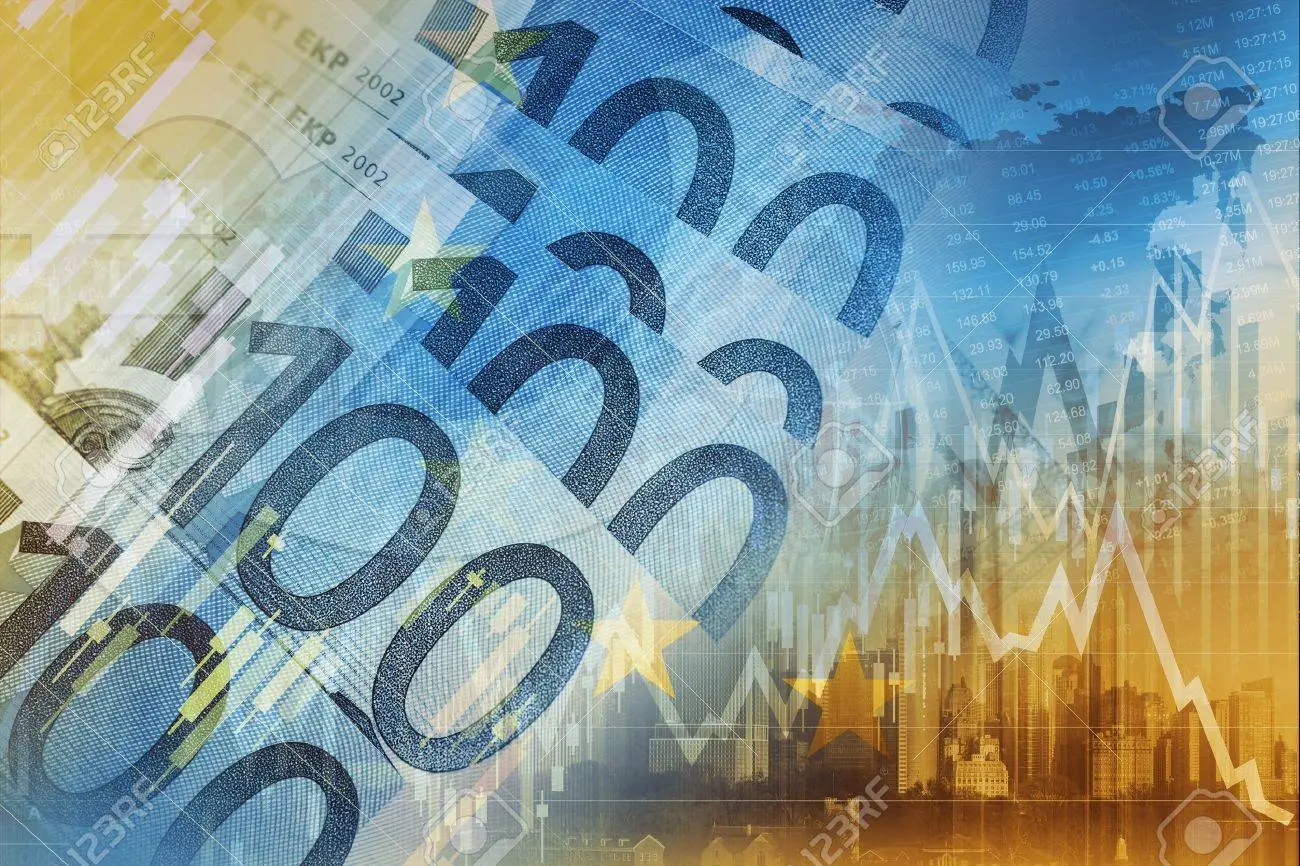The world of forex trading remains dynamic as investors navigate through the ever-shifting landscape of macroeconomic data and geopolitical tensions. In this mid-week update, we delve into the latest market developments, including data revisions, international conflicts, and their impact on currency pairs.
Eurostat’s Revisions and U.S. Economic Docket
Eurostat’s HICP Revisions
Eurostat is set to release revisions for the Harmonized Index of Consumer Prices (HICP) for September. Traders eagerly await these figures, as they can provide vital insights into the health of the Eurozone economy.
Building Permits and Housing Starts
On the other side of the Atlantic, the United States is gearing up for the release of Building Permits and Housing Starts data. These indicators are closely monitored as they offer a glimpse into the nation’s housing market, a significant driver of economic activity.
The Federal Reserve’s Beige Book
In the later part of the day, the Federal Reserve will unveil its Beige Book. This compilation of economic data and anecdotes from across the U.S. can sway market sentiment and shape expectations regarding future monetary policy.
China’s Strong GDP and Favorable Data
During Asian trading hours, China made waves with its economic data. The country’s Gross Domestic Product (GDP) expanded at a remarkable 4.9% annual rate in the third quarter, surpassing market expectations. This robust performance follows a second-quarter growth rate of 6.2%. Furthermore, Retail Sales and Industrial Production in China exceeded analysts’ estimates, contributing to the gains of currency pairs like AUD/USD and NZD/USD in the Asian session.
U.S. Dollar Performance
Weakest Against the Australian Dollar
The U.S. Dollar’s performance is closely scrutinized, and this week it displayed relative weakness, particularly against the Australian Dollar. Traders are keeping a watchful eye on this currency pair as it reveals trends in forex markets.
Geopolitical Tensions
US President Joe Biden’s scheduled meeting with Israeli Prime Minister Benjamin Netanyahu has garnered significant attention amid escalating geopolitical tensions. The recent strike on al-Ahli Arab Hospital in Gaza has had ripple effects, with Jordan canceling a summit involving Biden and Egyptian President Abdel Fattah el-Sisi. Conflicting reports about the strike’s source highlight the complexities of the situation.
Financial Markets and the US Dollar Index
In the wake of these developments, U.S. stock index futures remained flat, while the 10-year U.S. Treasury bond yield held steady above 4.8%. The US Dollar Index, a key indicator of the currency’s performance, fluctuated in a narrow channel slightly above 106.00.
UK Inflation and Currency Reactions
The United Kingdom reported that inflation, measured by the Consumer Price Index (CPI), held steady at 6.7% on a yearly basis in September. The Core CPI, which excludes volatile food and energy prices, rose 6.1% during the same period. Despite these figures, GBP/USD’s reaction was subdued, with the currency pair trading modestly higher at around 1.2200.
Currency Pair Updates
- EUR/USD: This pair saw small gains on Tuesday and continued its ascent toward 1.0600 early on Wednesday.
- USD/JPY: Although USD/JPY closed in positive territory just above 149.50 on Tuesday, it struggled to gather momentum during the Asian session on Wednesday.
Gold’s Shine Amidst Geopolitical Tensions
In a world filled with uncertainty, gold benefited from positive Chinese data and escalating geopolitical tensions. XAU/USD reached its highest level since September 20, trading at around $1,940.
Conclusion
The forex market remains a dynamic arena where economic data, geopolitical developments, and currency pair performance intermingle. As traders navigate through these choppy waters, staying informed and vigilant is paramount for making well-informed decisions. Keep an eye on the latest updates as they unfold and continue to assess the ever-changing landscape of forex trading.
















